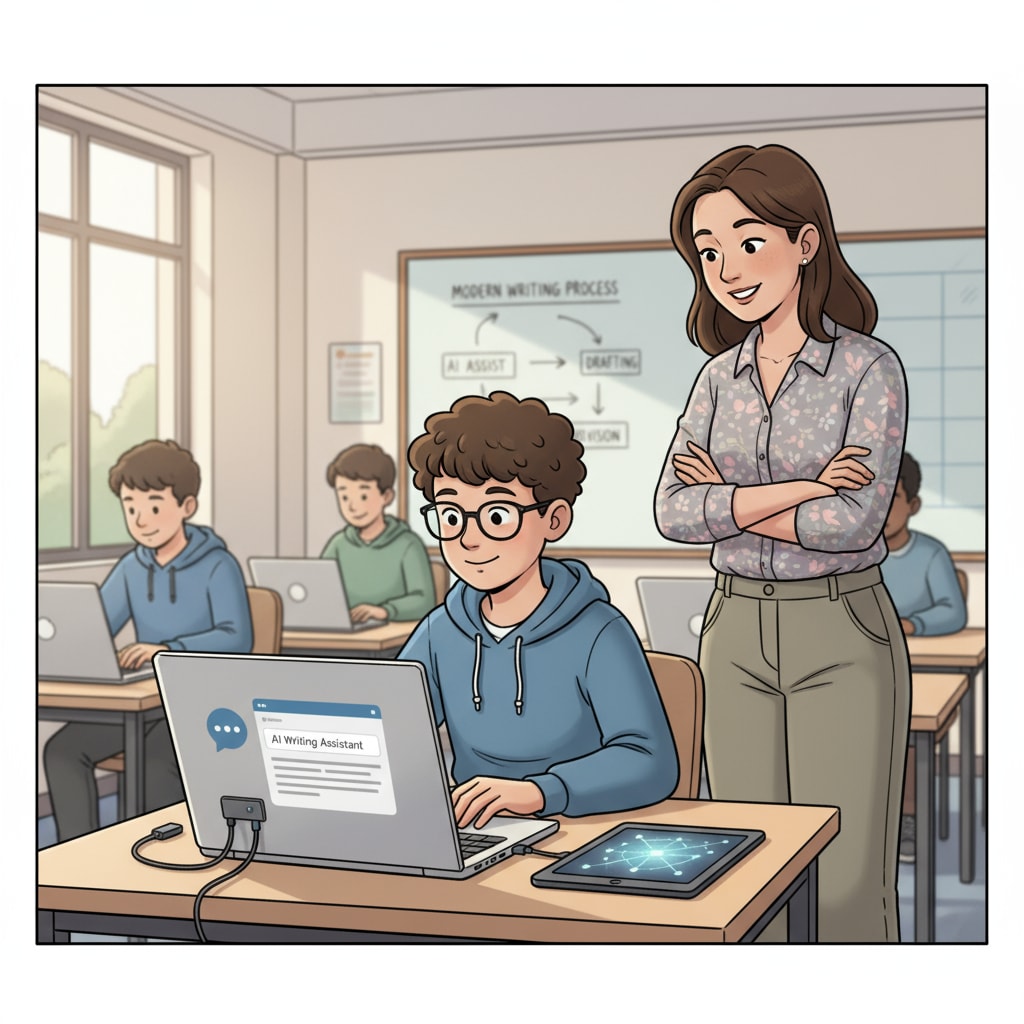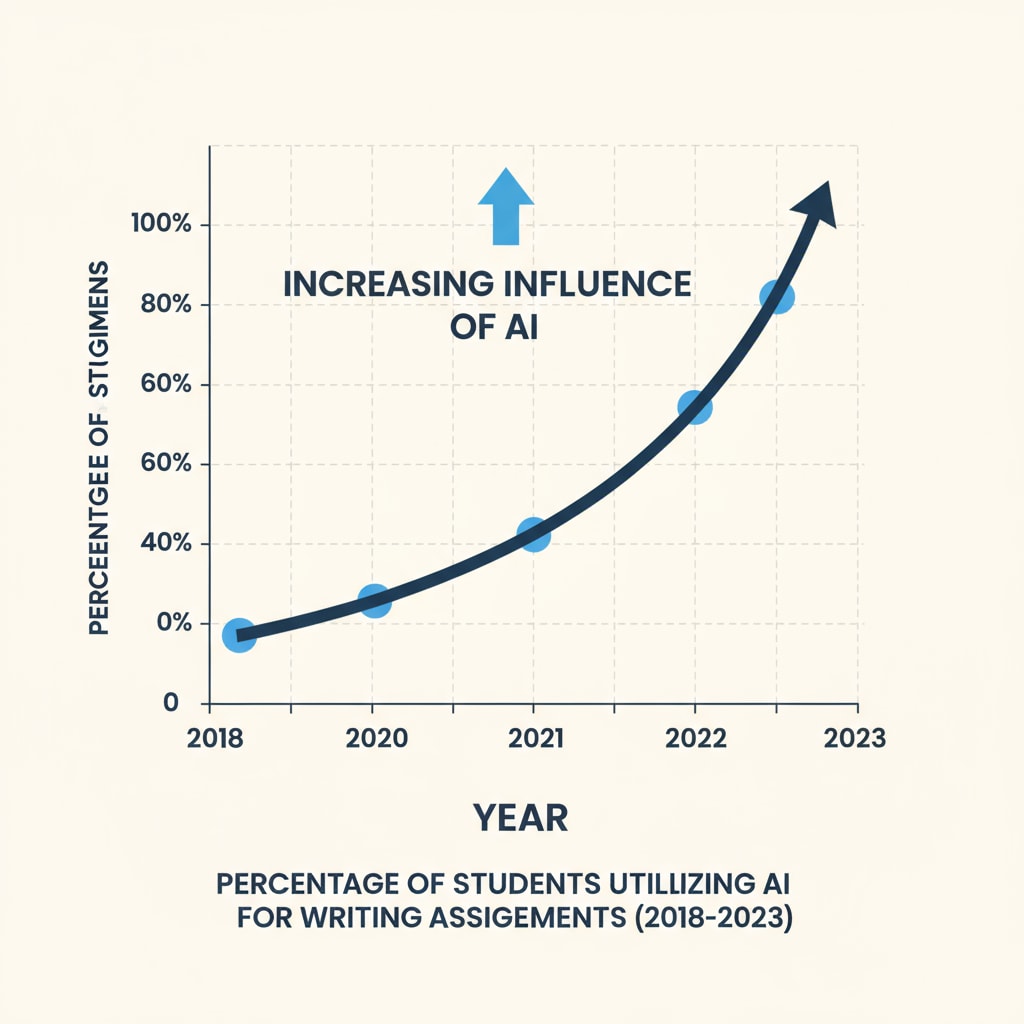Artificial intelligence is revolutionizing the educational landscape, presenting both opportunities and challenges, especially in the realms of academic integrity and writing education. As AI tools become more sophisticated, they are increasingly being used in K12 education, blurring the lines between original and machine-generated work.

The Impact of AI on Academic Integrity
The rise of AI has significantly disrupted the traditional understanding of academic integrity. With the ease of access to AI writing assistants, students may be tempted to use them to complete assignments, leading to a surge in plagiarism-like behavior. For example, some students might submit AI-generated essays as their own work, undermining the fairness of the educational system. According to Chegg’s insights on AI and academic integrity, educators are now grappling with new forms of academic dishonesty.
Challenges in Writing Education
Writing education is at a crossroads. On one hand, AI can be a valuable tool for enhancing writing skills, providing grammar checks, and offering suggestions for improvement. On the other hand, it poses a threat to the development of students’ original thinking and writing abilities. Teachers now face the difficult task of differentiating between authentic student writing and AI-generated text. As stated in the NEA’s exploration of AI in education, educators need to adapt their teaching methods to address these new challenges.

Finding the balance between leveraging AI’s benefits and maintaining academic integrity is crucial. Teachers can start by educating students about the proper use of AI in the writing process. By setting clear guidelines on when and how AI can be used, students will understand the boundaries. Additionally, teachers can incorporate more in-class writing activities, where students write under supervision, reducing the possibility of using AI assistance.
Readability guidance: Using short paragraphs and lists helps summarize key points. For example, under each H2, presenting a list of relevant aspects can enhance clarity. Controlling the proportion of passive voice and long sentences, and integrating transition words like ‘however’, ‘therefore’, and ‘in addition’ throughout the text, improve readability.


